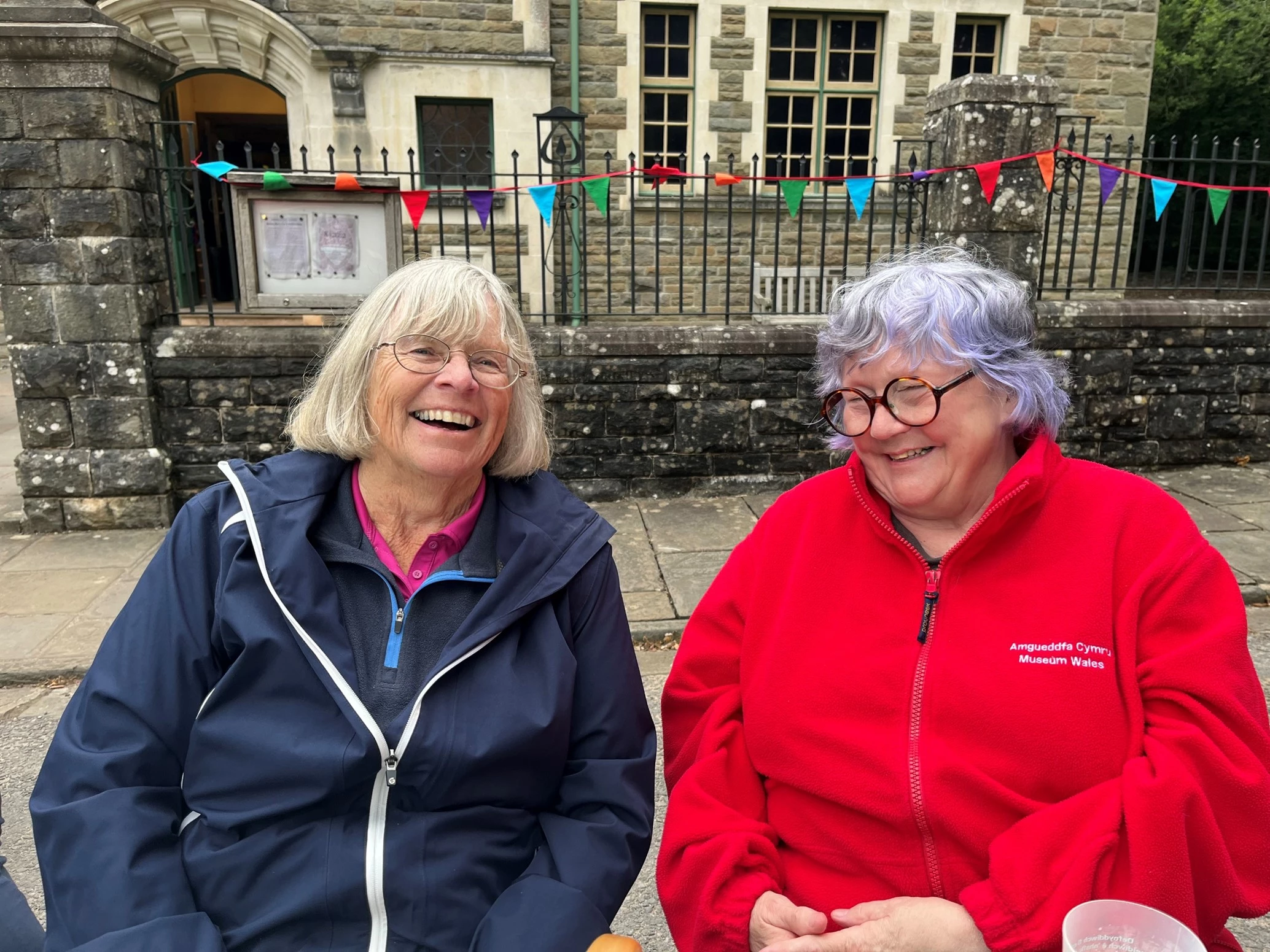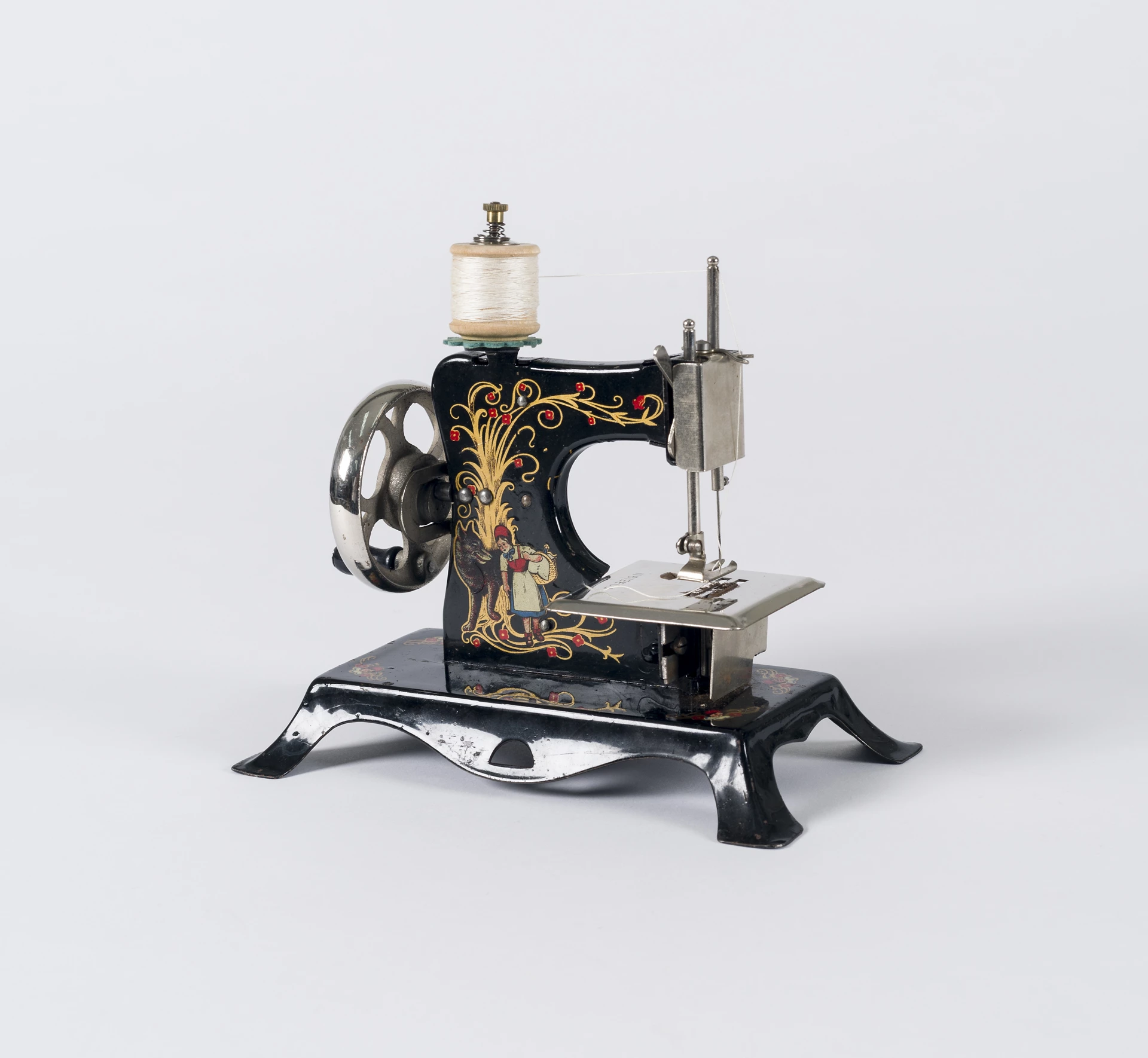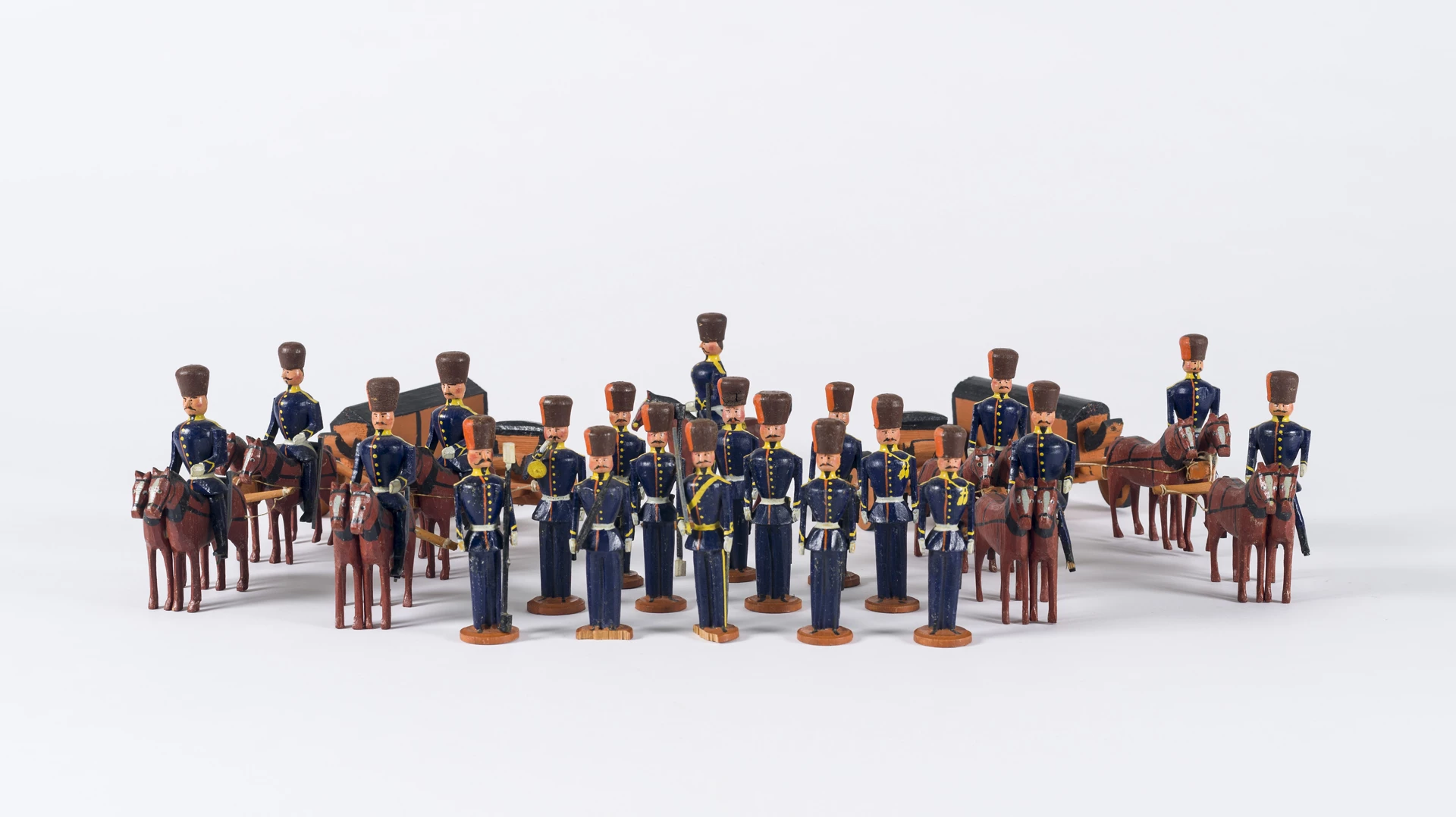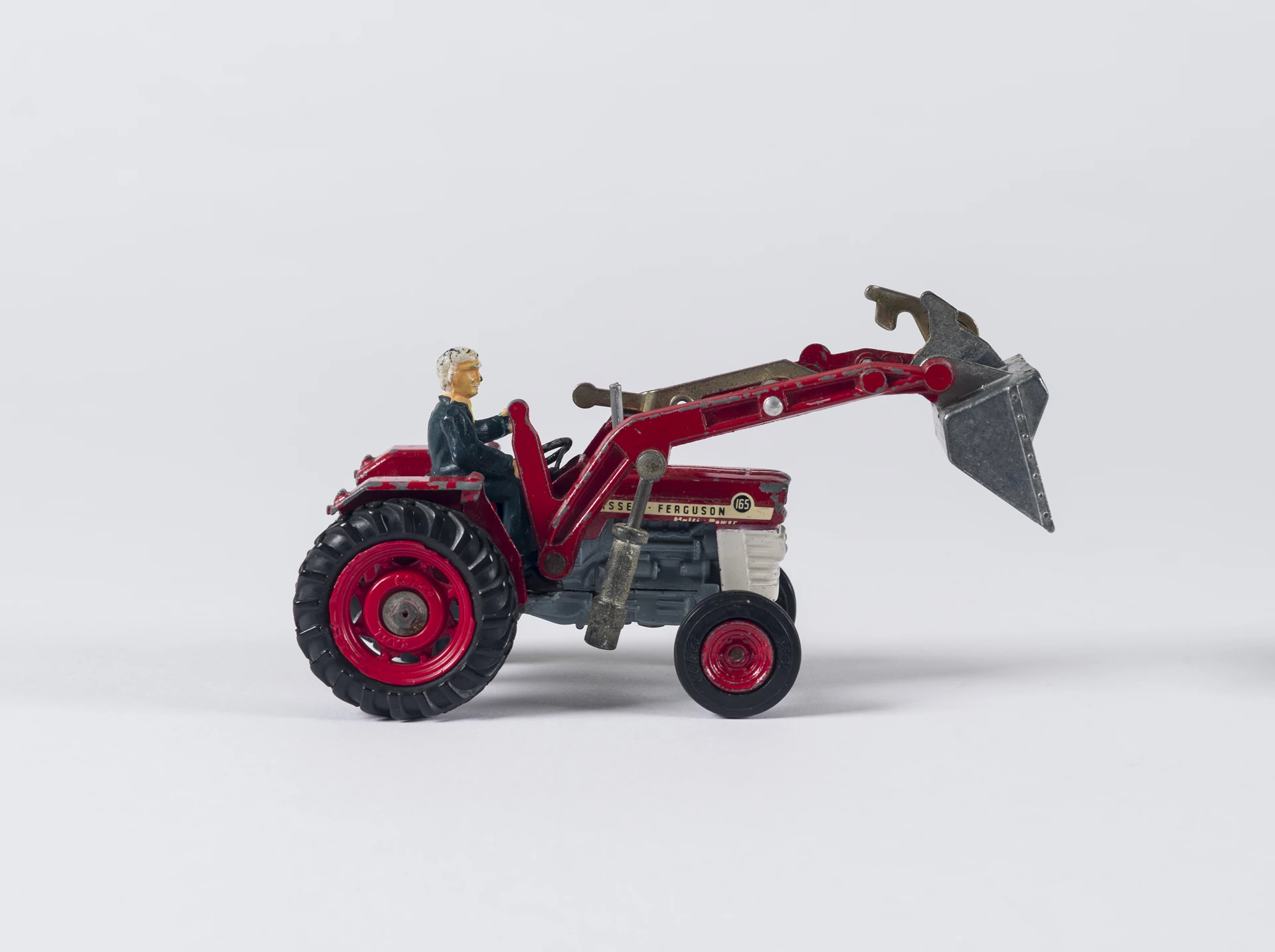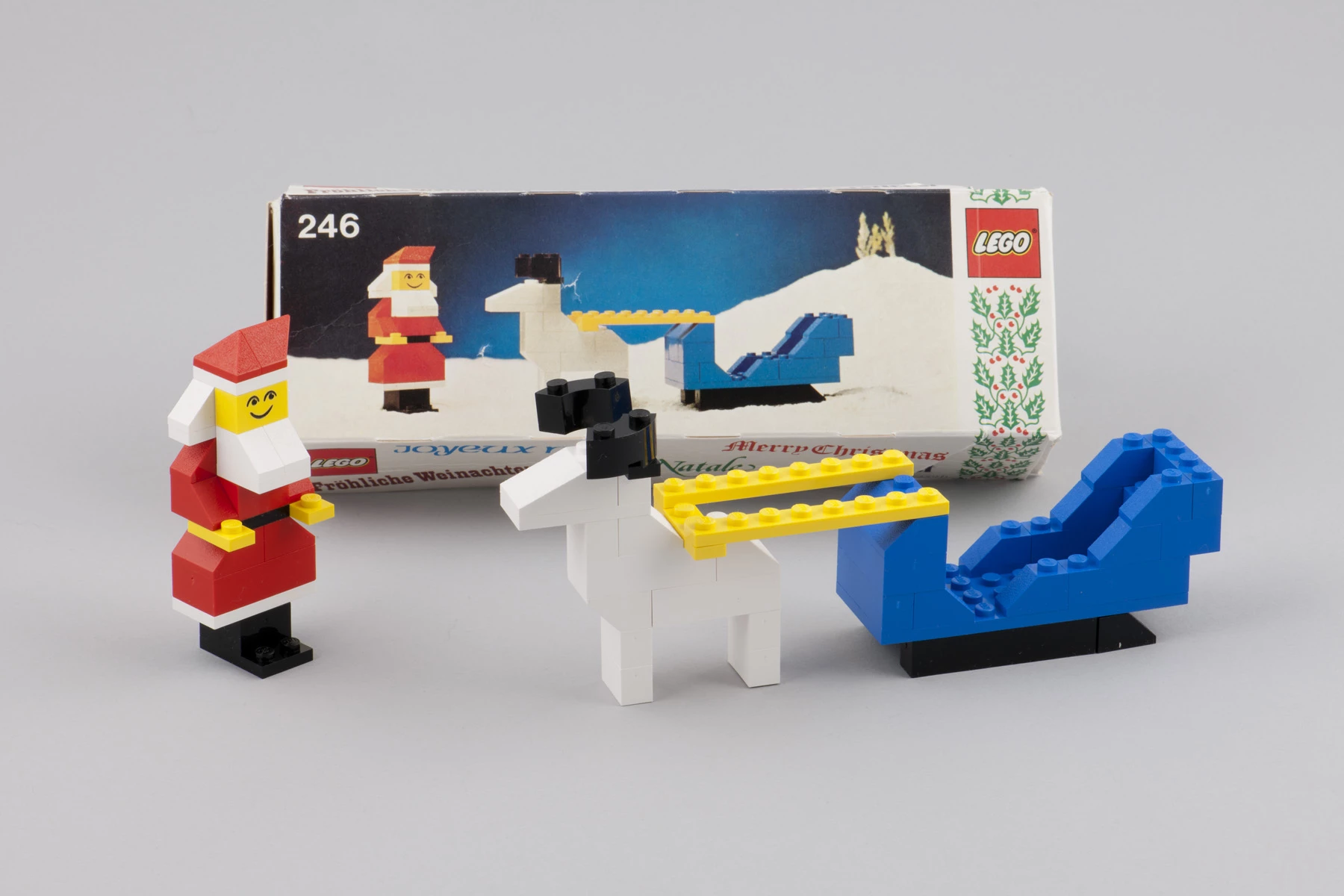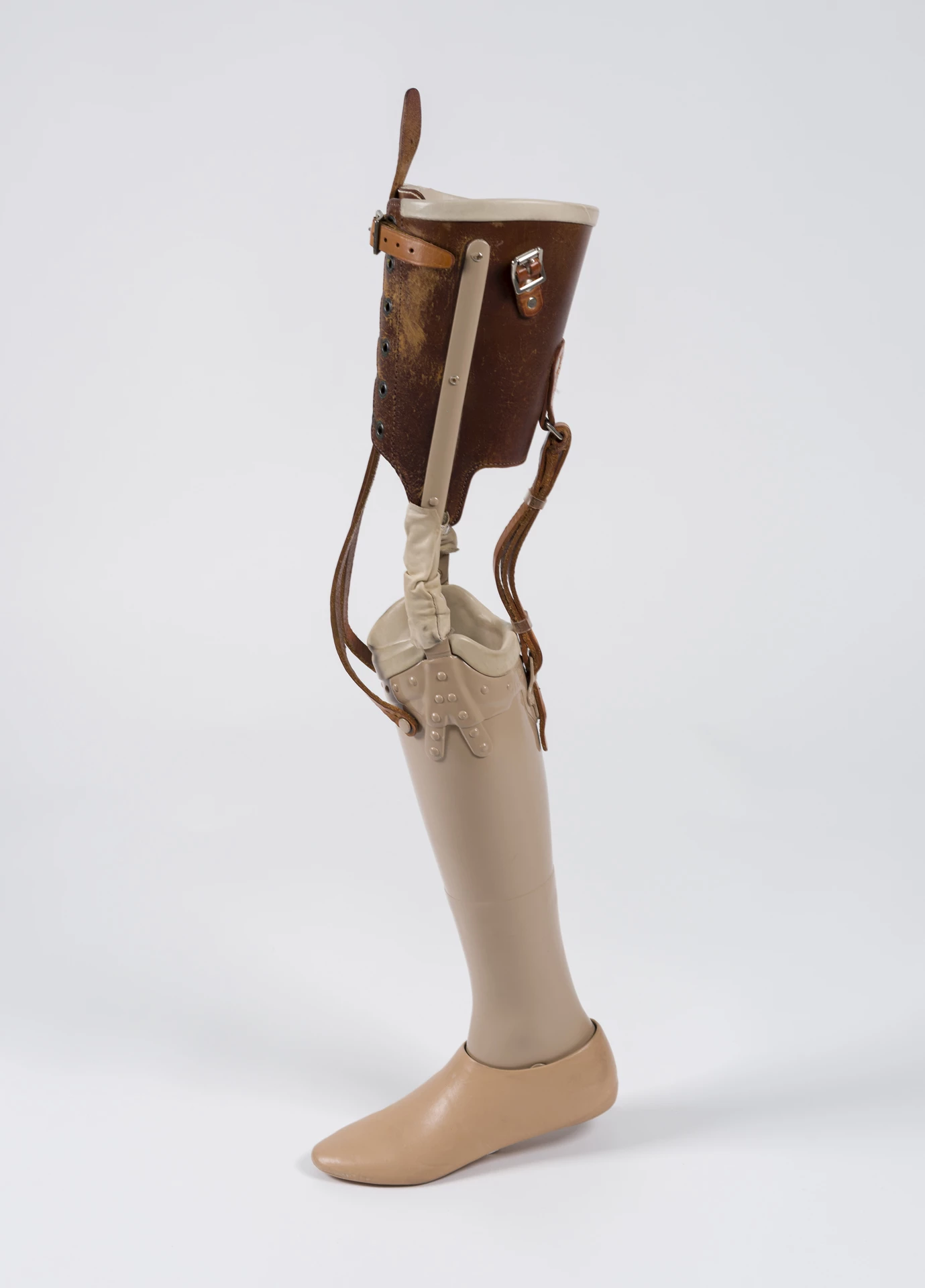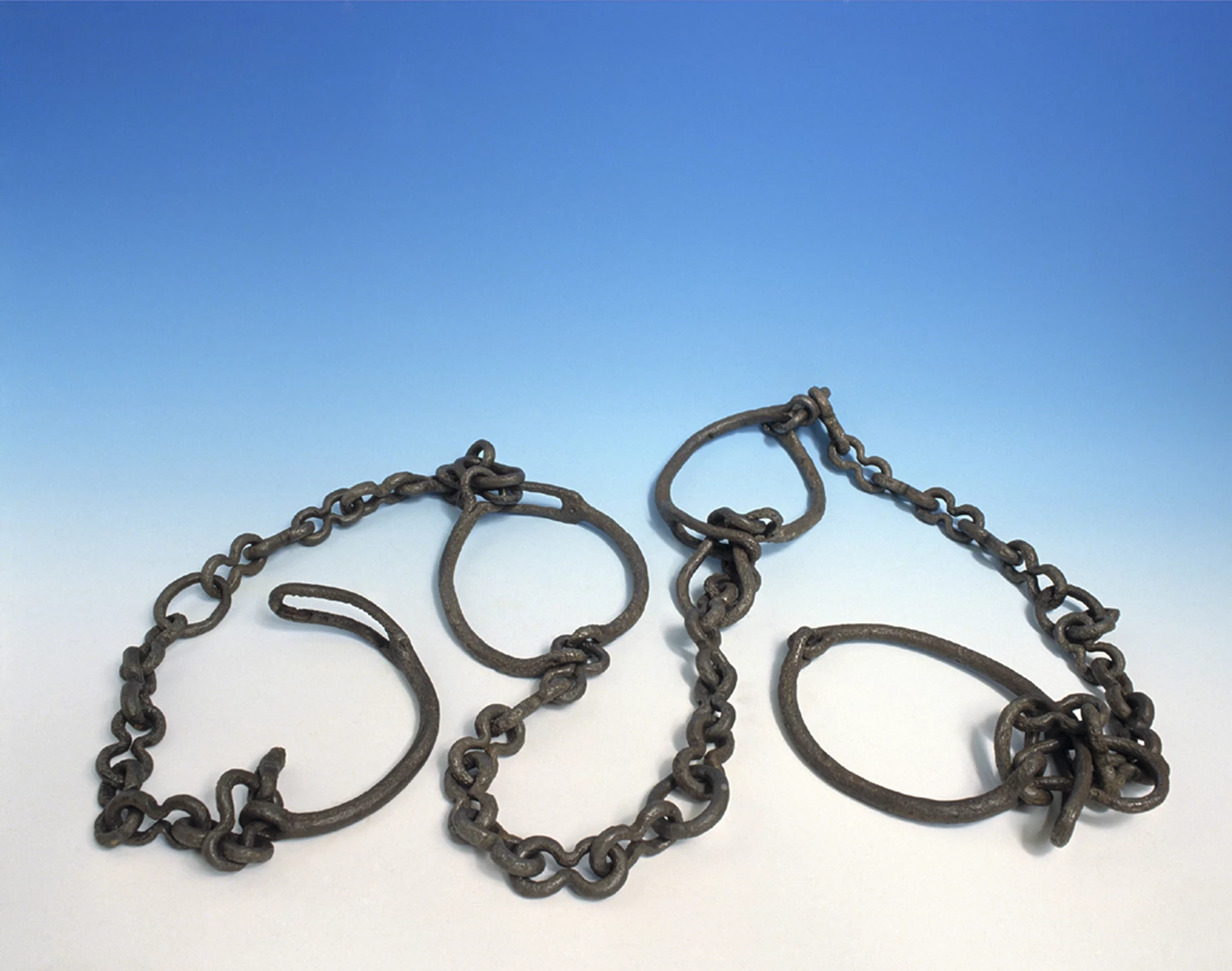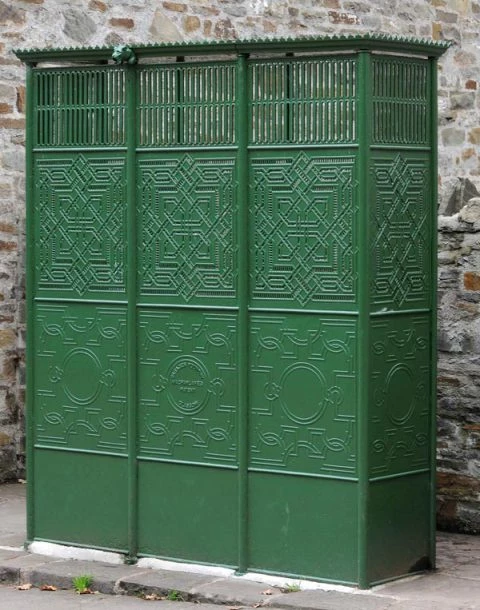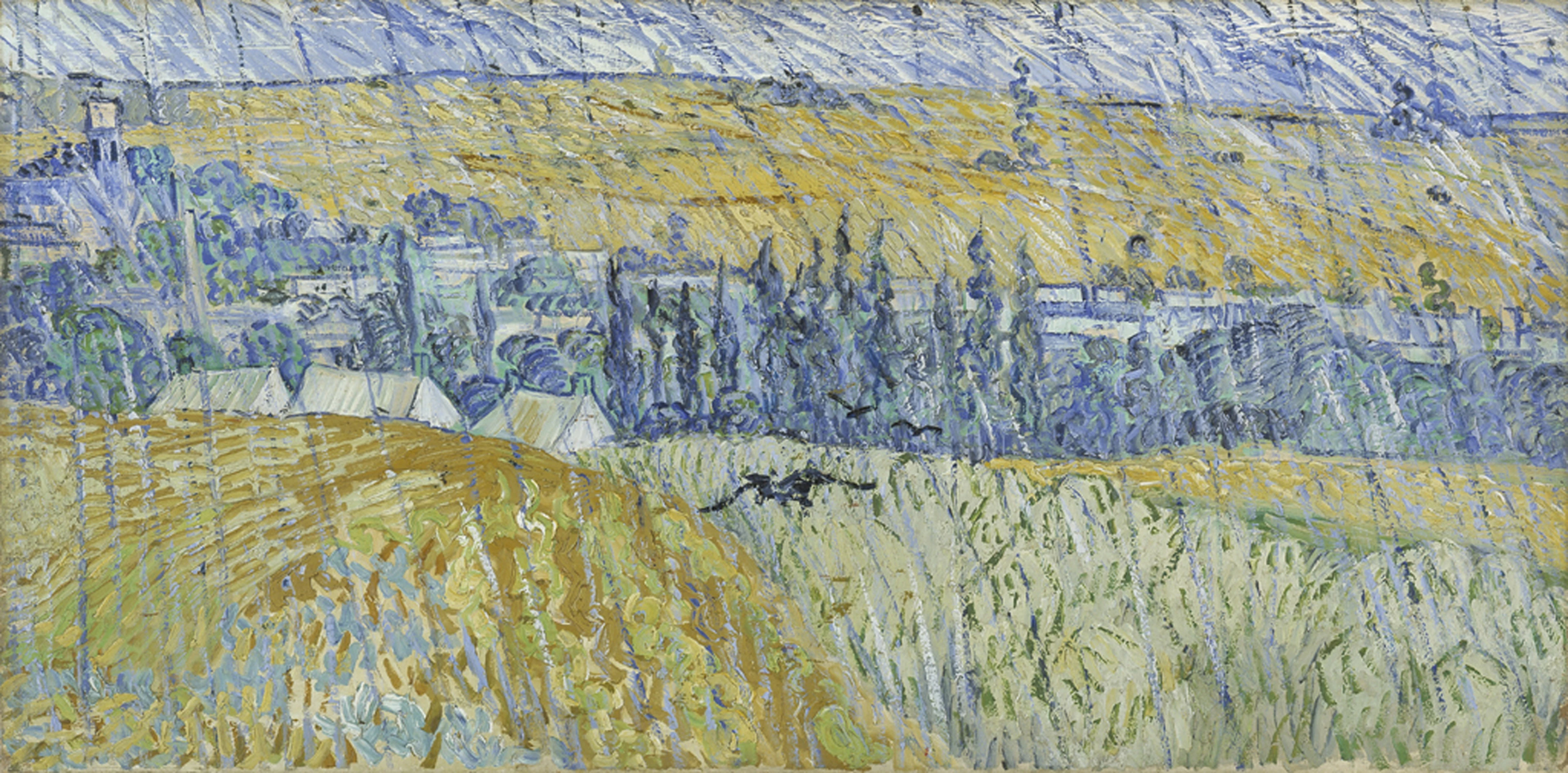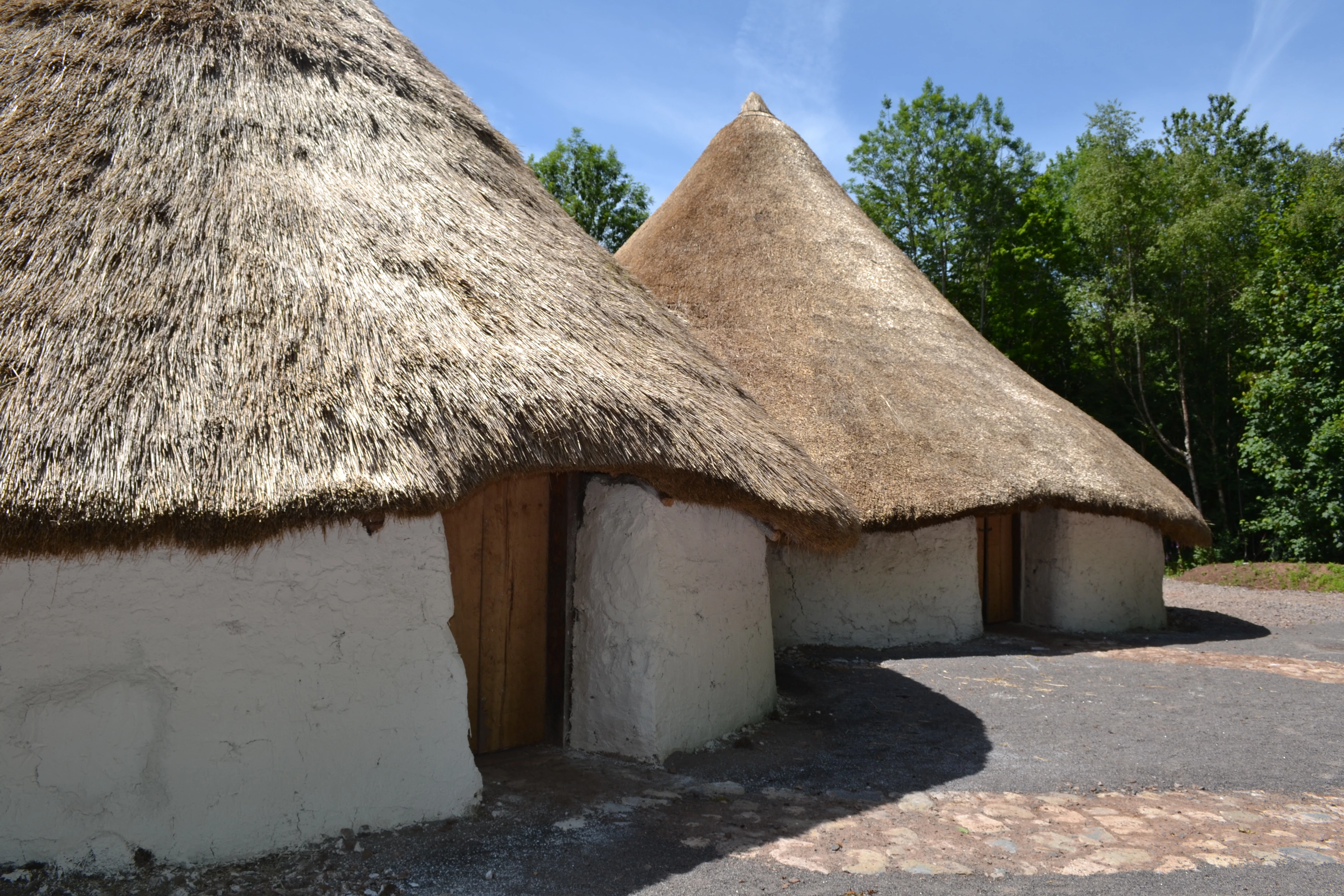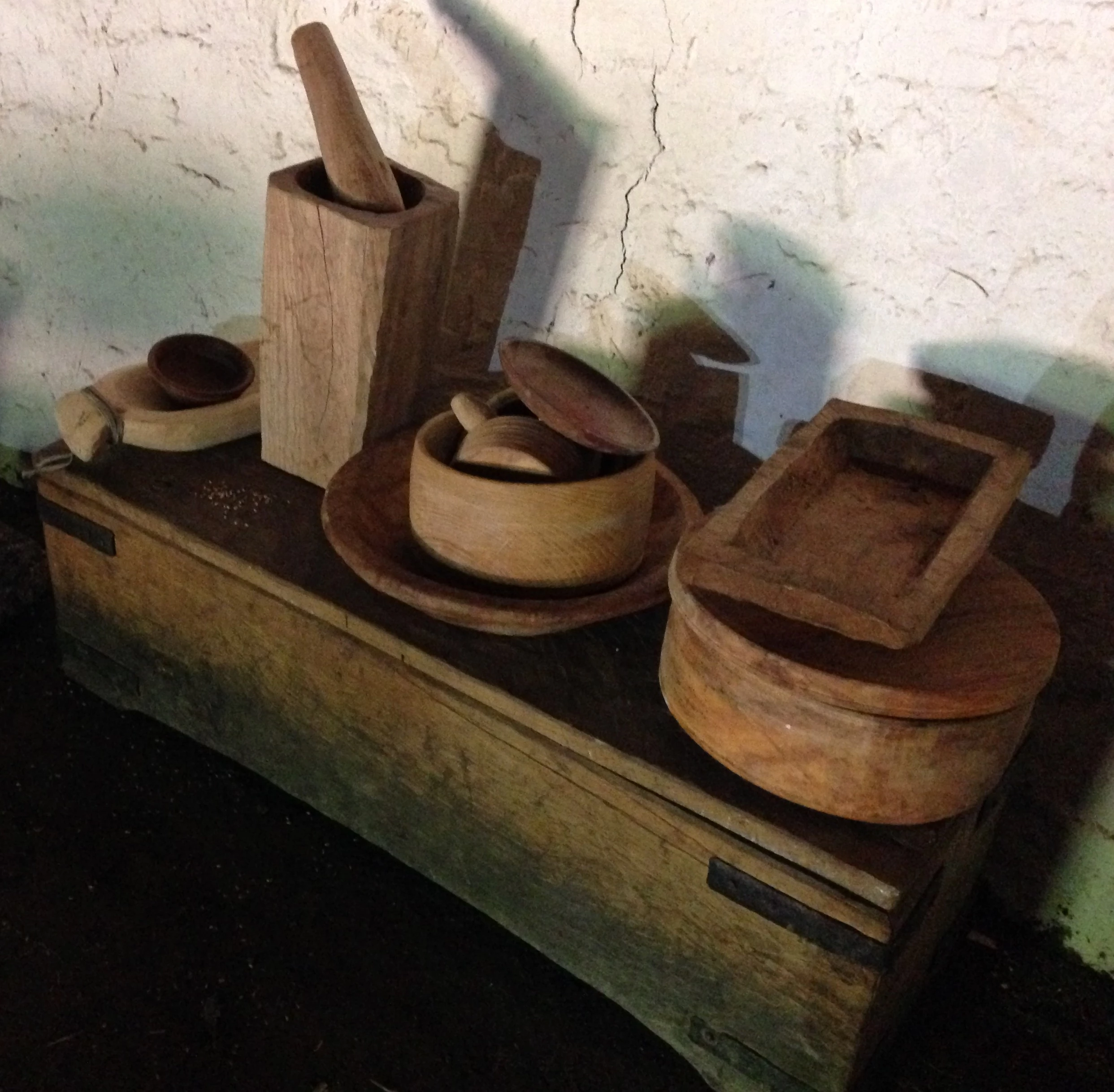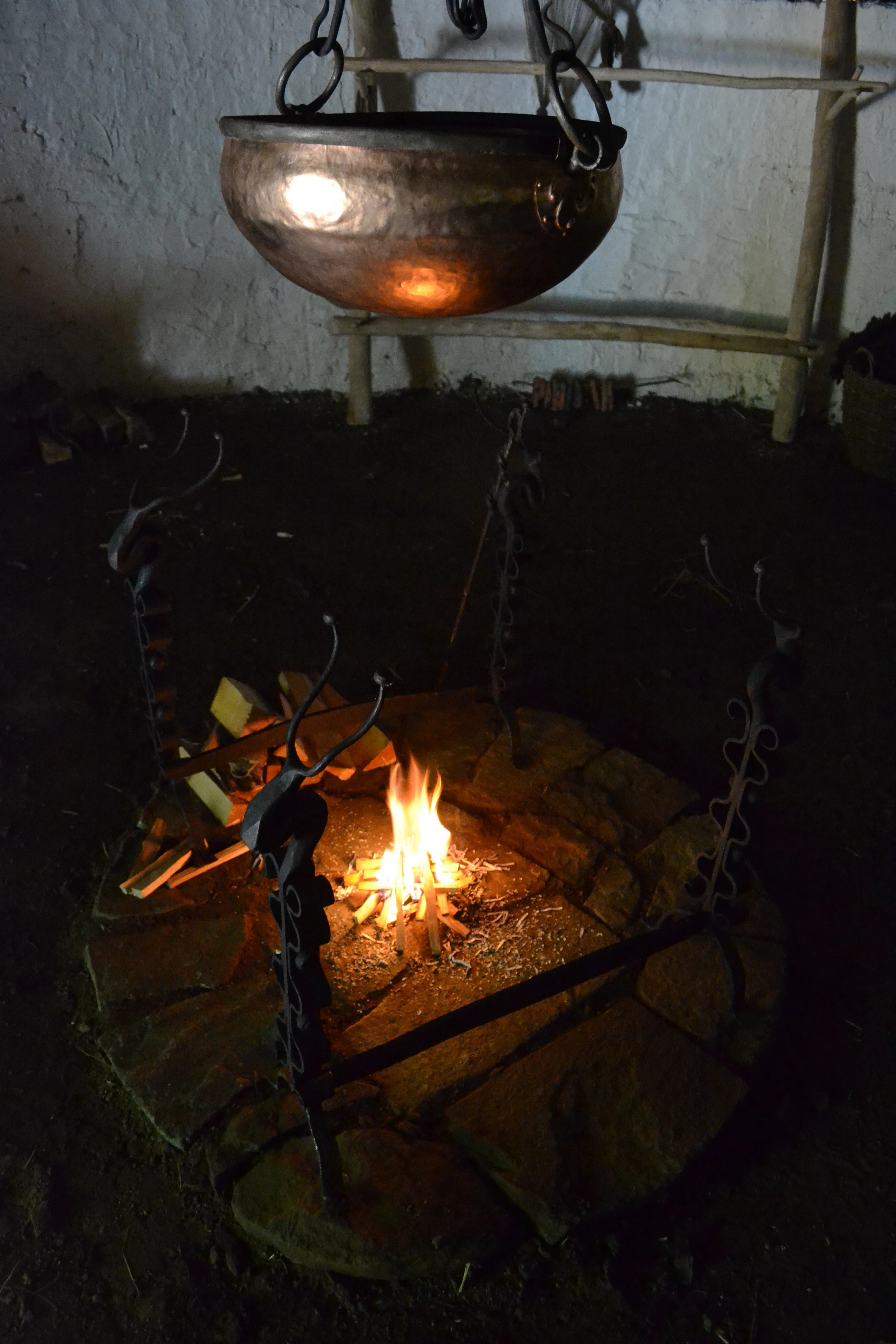Celebrating Volunteers!
, 5 July 2025
Amgueddfa Cymru hosts a range of socials and celebration events to recognise and celebrate our volunteers throughout the year. Every summer we organise celebrations event at Cardiff, Swansea, Drefach Felindre, and North Wales to celebrate Volunteers’ Week. Volunteers’ Week is a UK celebration of all thing volunteers and happens every year between 1-7 June.
This year’s summer celebrations were unique!
We hosted our first ever street party outside our two iconic buildings, Oakdale Workmen’s Hall and The Vulcan Pub, at St Fagans. Over 60 volunteers across Cardiff attended to have vegan pizza with sides and an optional pint at The Vulcan. We also hosted our famous quiz, which this year seemed very fitting in The Vulcan. Craft Club Volunteers won this year’s quiz!
In North Wales due to the redevelopment work the National Slate Museum is currently closed, so volunteers choose to use this as an opportunity to visit the Museum on the Move and to attend a slate splitting demonstration by one of our demonstrating quarrymen who are currently based at Penrhyn Castle. The volunteers also enjoyed the opportunity to walk around the castle’s historic rooms, learning about the links between the castle and the slate industry.
Volunteers at the GRAFT, National Waterfront Museum had a mosaic making session with an artist to create artwork with the prompt ‘what does the GRAFT garden mean to me’. This was followed by pizza and an awards ceremony celebrating the best weeder, water wizard, etc. We ended the session with a drumming session from One Heart Drummers.
Instead of our usual lunch and craft activity, volunteers at the National Wool Museum had a day out to visit the British Wool Sorting Depot and local museum. We did say unique!
This is our way of saying Diolch to our amazing volunteers, that last year (2024-2025) donated over 34,880 hours!
“Volunteers are a highly valued part of our family here at Amgueddfa Cymru. Volunteers enrich and add value to the way we inspire learning and enjoyment for everyone through the national collection of Wales. They enable a much wider, and more diverse range of voices, experiences and perspectives to contribute to the delivery of that core purpose than we could ever achieve solely through the staff body. I started my culture and heritage career with a volunteering placement many years ago. Volunteering changed my life, and it’s wonderful to see the wide range of ways in which volunteering changes lives in Amgueddfa Cymru.” Jane Richardson, Chief Executive, Amgueddfa Cymru.
Fancy getting involved? Get Involved | Museum Wales

